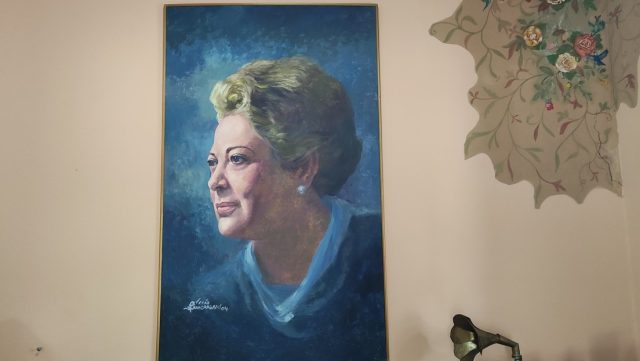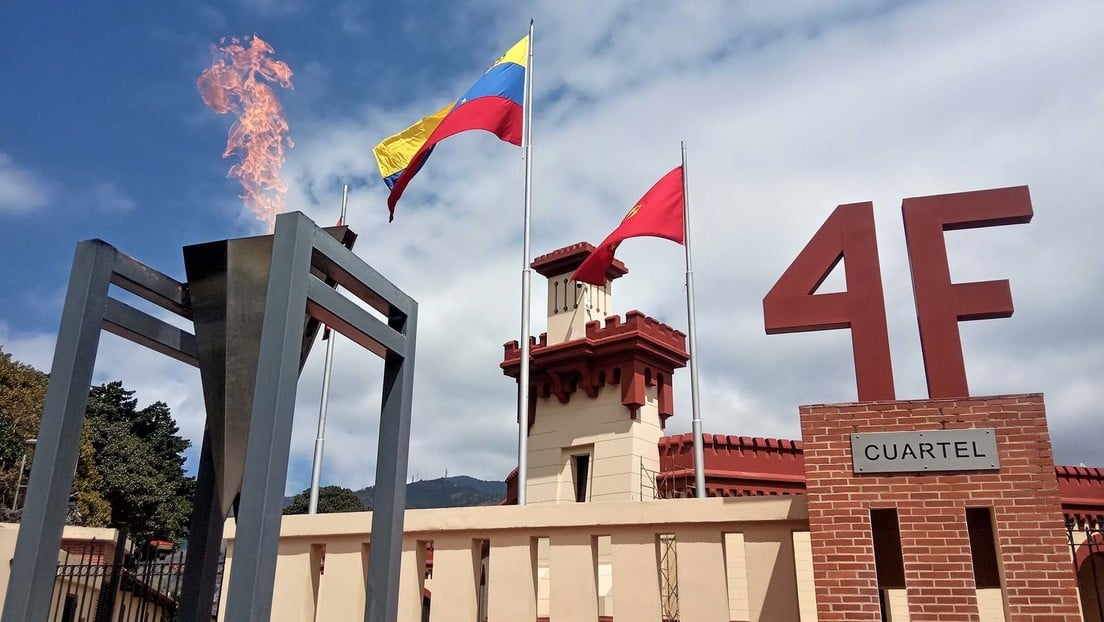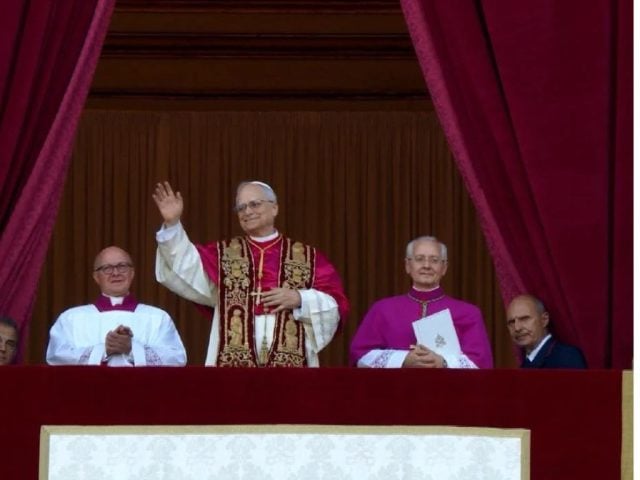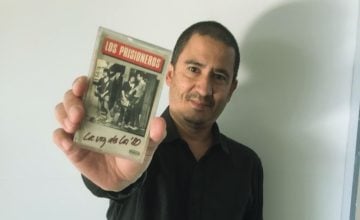In Calacalí, a rural parish in the Metropolitan District of Quito, in Ecuador, there is a museum dedicated to the Ecuadorian singer Carlota Jaramillo, known as ‘the queen of the pasillo’, the national musical genre par excellence.
This singer, whose full name was María Isabel Carlota Jaramillo Jaramillo, is not related to the better-known ‘Nightingale of America’ Julio Jaramillo (1935-1978), clarifies from the onset Claudia Oña, director of the museum, in an interview with RT. The artist was born precisely in Calacalí, on July 9, 1904, and she lived in the house where she is honored today. Her parents were Jorge Isaac Jaramillo and Natalia Jaramillo and she had two brothers: Inés and Gonzalo.
«She had her talents as an artist since she was a child», highlights Oña. Her uncle, Timoleón Jaramillo, father of the Ecuadorian artist Héctor Jaramillo, «taught her to play the piano, the guitar and encouraged her a lot in music».
She made her first public performance at the age of 18, in 1922, the year in which the Centenary of the Battle of Pichincha was commemorated, an event that sealed the definitive independence of the territory that is now Ecuador.
«An Ecuadorian music contest was organized at the Sucre Theater and Carlota along with her sister Inés participated interpreting the pasillos ‘For me your memories’ and ‘Serenade of love’, winning the first prize», says, for his part, the professor, researcher and musicologist José Cevallos Black.
At the age of 22, Jaramillo graduated as a «normal tutor» at the Manuela Cañizares Normal School and after that, she began to teach, although she developed her artistic life at the same time.
Actress and a love with an older man
But the artistic life of this Ecuadorian really began with acting. In 1926 she was part of the Comedy and Variety Theater Company, which operated in Quito, in which she worked together with her sister, Inés.
There she met Jorge Araujo Chiriboga, an Ecuadorian composer and actor. A year later, in 1927, they married.
«Chiriboga was from Riobamba, he was 12 years older than Carlota […] Doña Carlota’s family did not want her to marry him, but they secretly married in Guayaquil and returned already married», says Oña. The couple had two children: Marco Vinicio and Nelly.
The love story and the age difference was captured in a song that Chiriboga dedicated to Jaramillo, entitled «Different Paths». Some of its verses say:
«How different the two
your life begins
and I’m already
in the middle of the day
you still don’t even live yet
And I, already living
am tired».
Oña relates that Jaramillo «taught as a teacher for 14 years and then devoted herself entirely to music». Her specialty was the interpretation of pasillos and other musical genres from Ecuador, such as the albazo.
Already in 1938 she had recorded her first album, in the city of Riobamba. Her most recognized and remembered songs are ‘Amor grande y lejano (Strong and distant love)’, ‘Honda pena (Deep sorrow)’, ‘Corazón que no Olvida (Heart that doesn’t forget)’, ‘ Nunca (Never) ‘, ‘Para mi tu recuerdo (For me your memory)’, ‘Sendas distintas (Different paths)’, ‘Esta pena mía (This sorrow of mine)’, ‘Almas gemelas (Twin souls)’, ‘Despedida (Farewell)’, ‘Es en vano (It’s in vain)’, among others.
Rights of ‘Si tú me olvidas (If you forget me)’
In 1971, the film ‘Dying for Love (Morir de Amor)’, by the filmmaker André Cayatte, was released in France. To set one of the film’s scenes, the song ‘Si tú me Olvidas’, (from 1942), whose lyrics and music are by Araujo Chiriboga, who performed it, as well as Jaramillo, was included as a musical background.
The piece was used without authorization; For this reason, according to an old article published by the newspaper El Comercio, dated November 16, 1972 and whose title reads ‘Ecuadorian song was used without permission in a French film’, Jaramillo initiated a legal action before the High Court of Paris.
Finally, the French Justice agreed with the ‘queen of the Pasillo‘. «I understand that after 10 years there was a return, not so great, but a return to Carlota Jaramillo», says Oña.
A bust and the Carlota museum
Jaramillo, also considered «the female voice of the pasillo», received recognition in her hometown of Calacalí, where a bust of her was erected in 1979. The sculpture is located in the main square of the town, on one side of a tower of 10 meters that was made in honor of the French geodesic mission that located the latitude 0º 0′ 0″.
On December 10, 1987, at the age of 83, this Ecuadorian singer passed away. As a result of a fall in the house that she shared with her daughter Nelly. Jaramillo fractured her skull and was transferred to a hospital in Quito, where she finally died.
In 2004 the doors of the museum were opened where Jaramillo had her house in Calacalí. After a time, it fell into disrepair, but in the last seven years this facility has been managed by Oña, who studied music and is also a lover of the Ecuadorian pasillo, with the support of her husband and her two children. They keep the site in good condition, conduct guided and interactive tours and organize artistic events on various occasions.
The admission to the Museum is 2 dollars for the general public and 1 dollar for the elderly —money that is used for its conservation—, and once inside, you can see photos, pictures and paintings by Jaramillo, medals, diplomas, records and other objects, as well as the recognitions that were granted to her; also, obviously, you can hear the music from Jaramillo.
In the lower part of the facilities, a space has been created to also remember other composers and singers from Ecuador. The museum has also become one of the main tourist-cultural attractions in Calacalí, attracting nationals and foreigners; and it is a place where in addition to learning about Jaramillo’s life, the pasillo occupies a primordial space.
Cultural heritage
In December 2021, the United Nations Educational, Scientific and Cultural Organization (Unesco) incorporated the Ecuadorian pasillo to the Representative List of the Intangible Cultural Heritage of Humanity.
«The Carlota Jaramillo museum helped collect the signatures so as to make the folder that was sent to UNESCO», Oña recalls about the document sent by the National Institute of Cultural Heritage (INPC) to the international organization.
The origin of this musical genre dates back to the 19th century, being the result of a fusion between various indigenous and European music, in particular the waltz, the minuet and the Spanish bolero.
The National Institute of Cultural Heritage of Ecuador defines the pasillo as «a poem that is sung». “It is an unforgettable music that when we sing it or listen to it we will have recognized, understood and loved our country, since it is nourished by the sentimental manifestations of the coastal cholo, the montubio and also the city dweller”, explains the National Institute.













